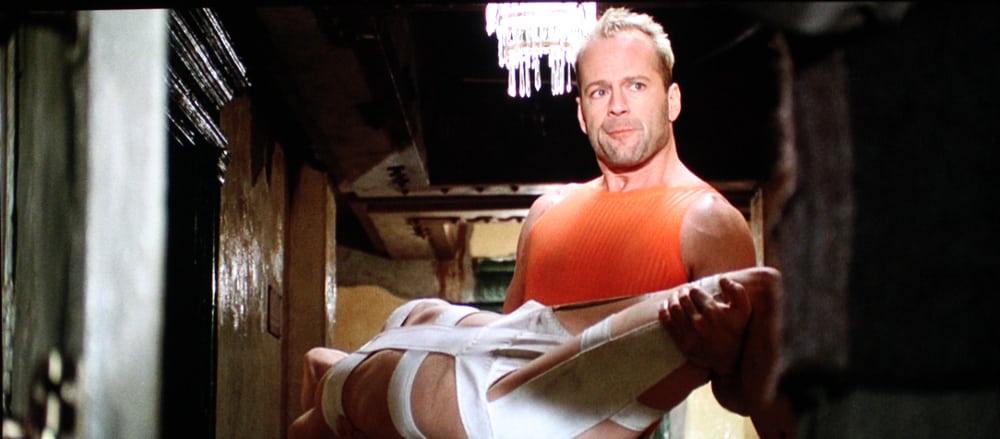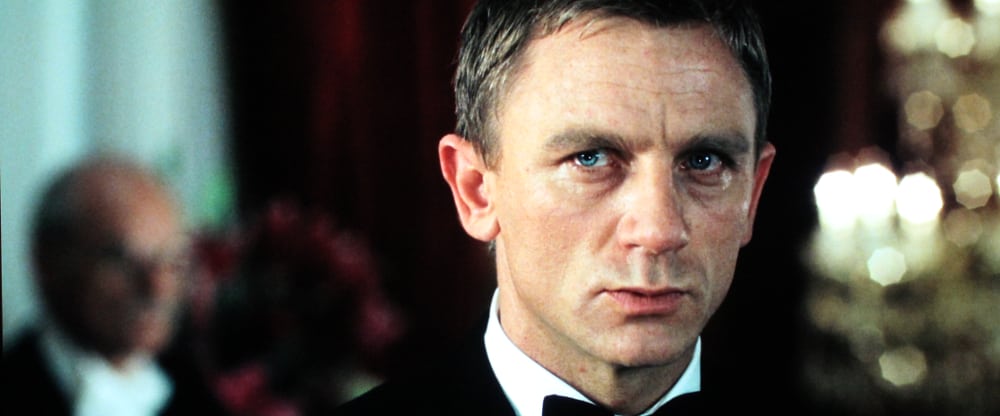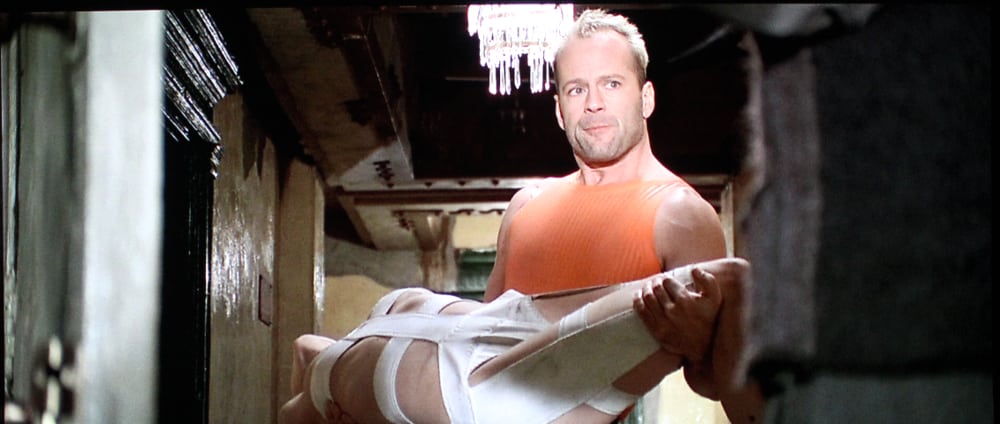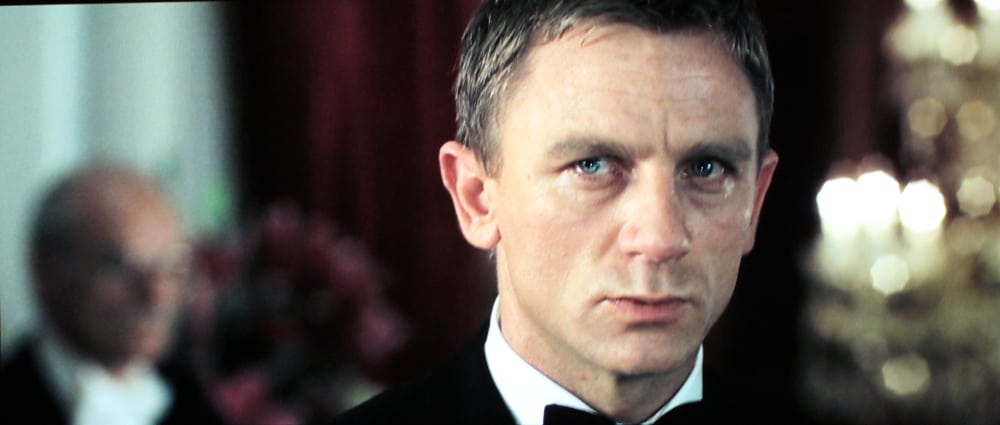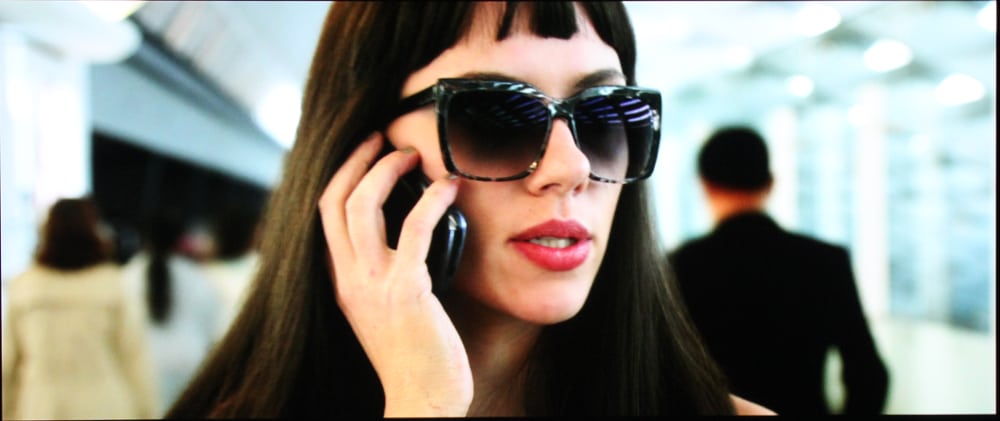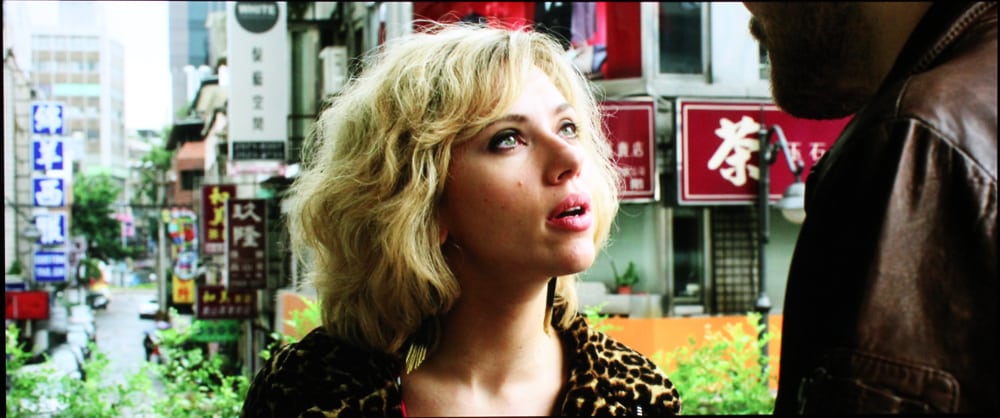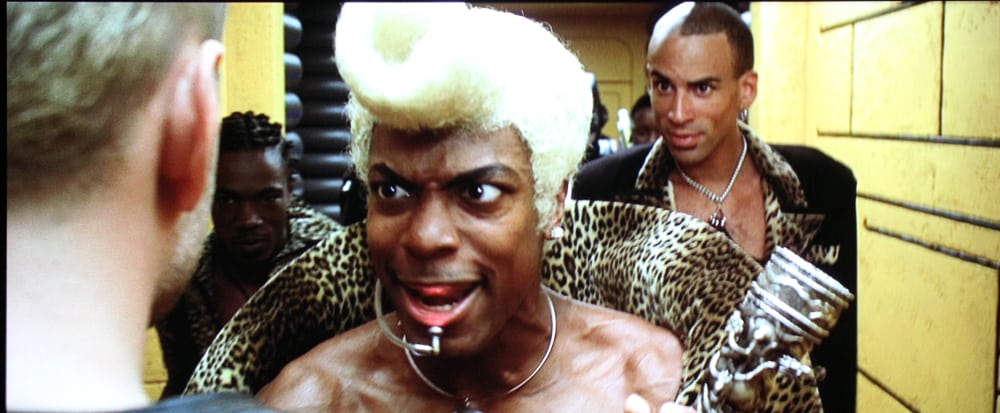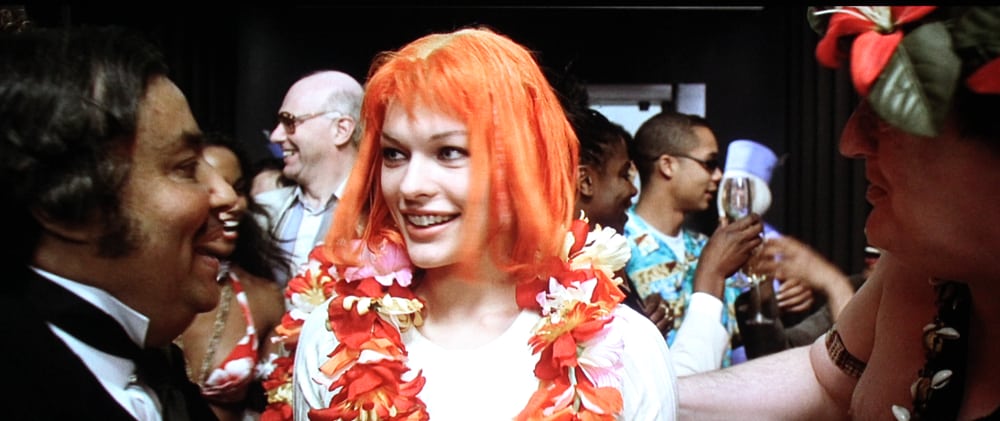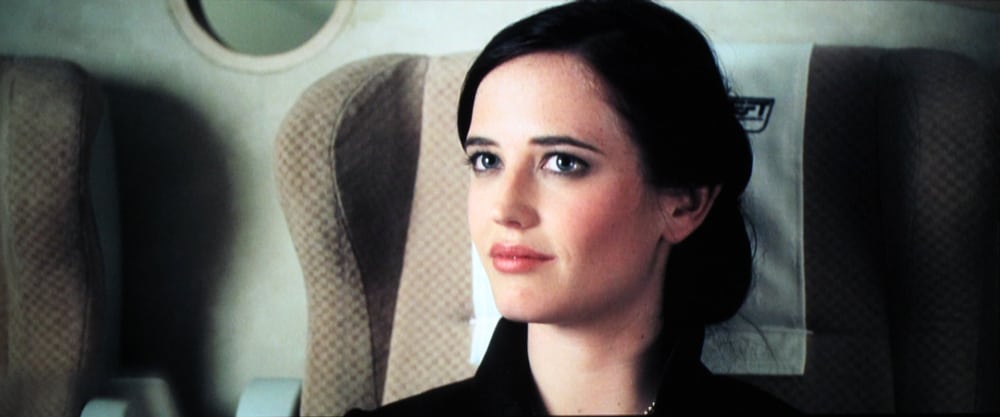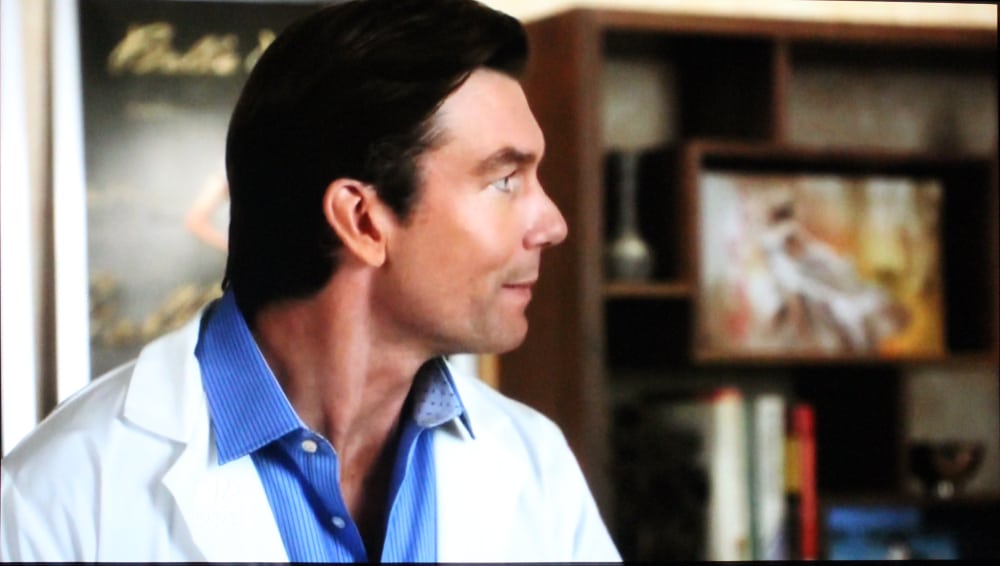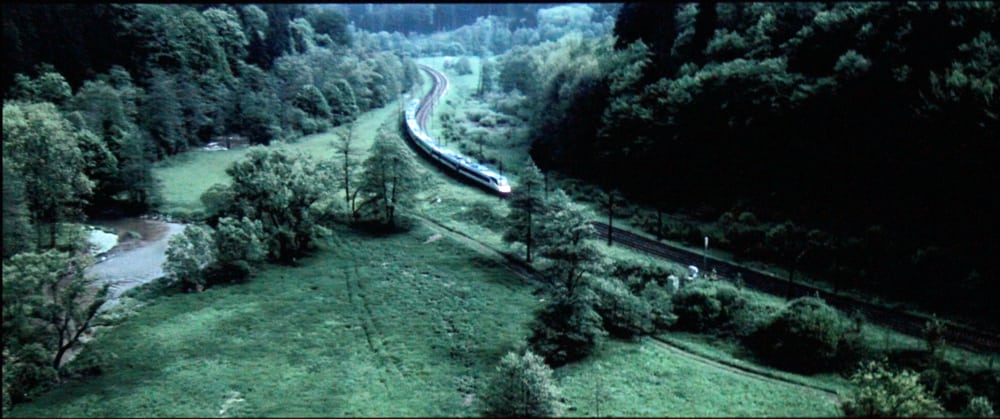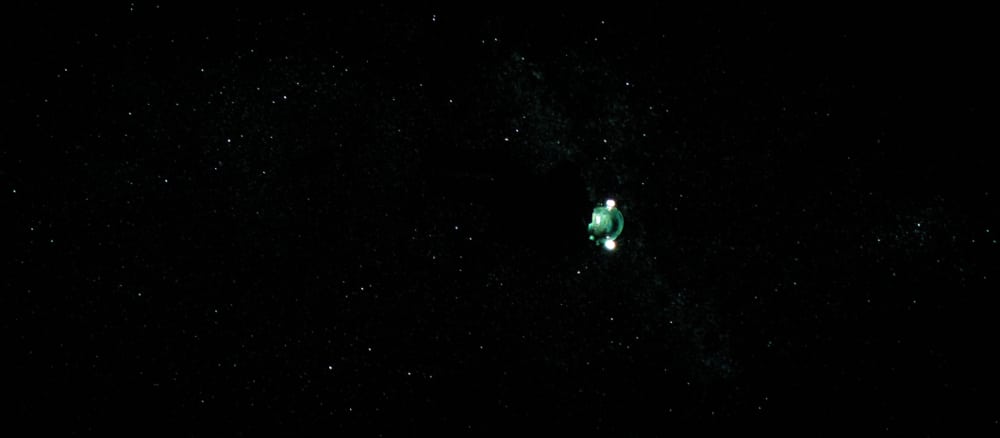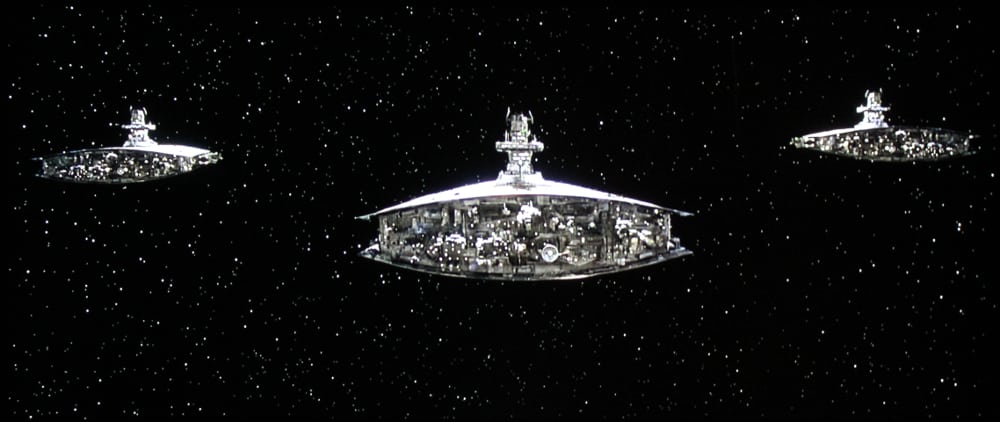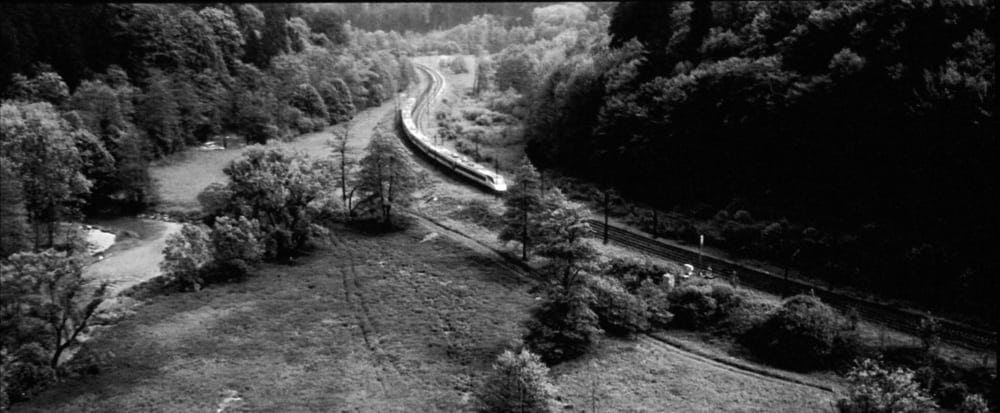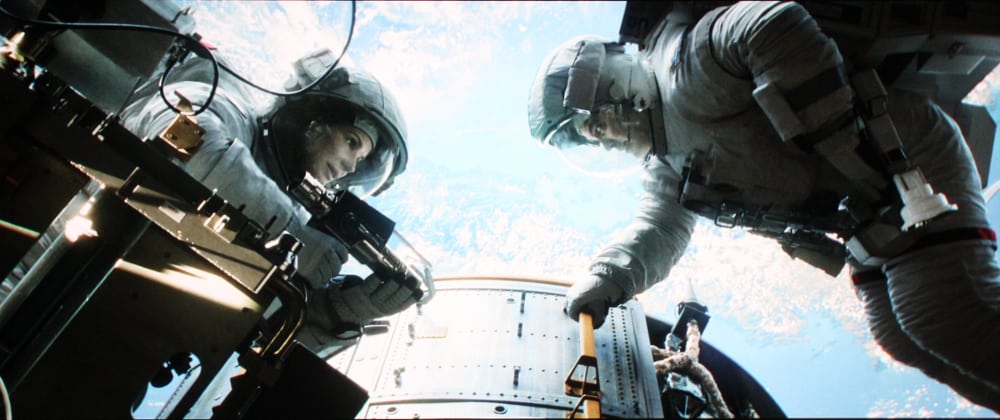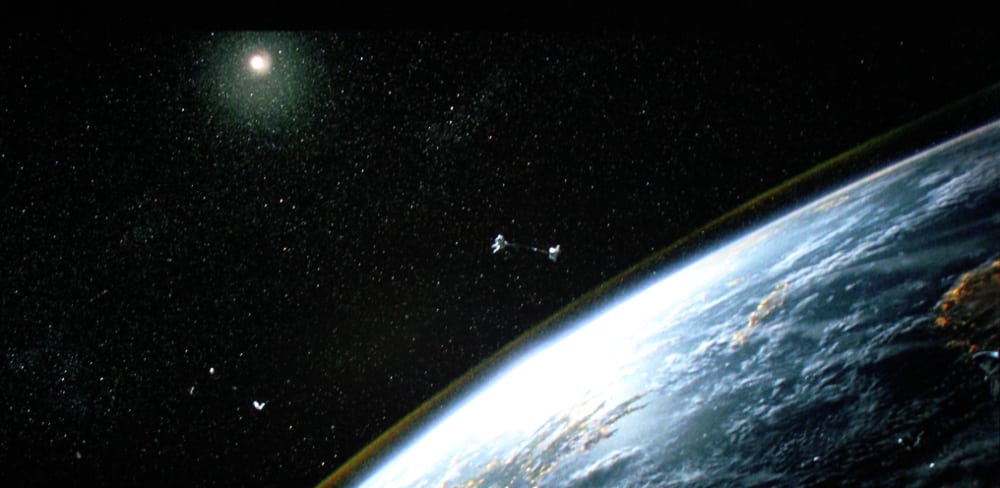Out-of-the-Box
The RS600U offers so many combinations of preset Picture Modes, Color Profiles, Color Temperature, Gamma, and Image Enhancement options that it would be possible to come up 100+ combinations without resorting to custom or user settings. However, there are a few basic Picture Modes where the default settings for those other options will be a good starting point for most new users. Of the Picture Modes offered, I suspect most new owners will start with THX since this is intend to provide good out-of-the-box performance for a home theater use. I found THX mode did in fact look very good with accurate colors and overall a very good image balance. The above photo gallery includes 3 screen shots with the RS600U operating in THX mode with factory default settings. I would note that my screen shots, in general throughout this review, do not really do full justice the to the quality of the projected image, as viewed in person.
I did find that THX mode is not as bright as some of the other modes and this is because of two factors. First when in THX mode the projector's internal color correction filter is moved into the light path and this reduces the brightness output a little. The second factor is THX mode sets the HDMI input level to 'Super White' mode with the Contrast adjustment set to zero which allows all input video levels up to the maximum (i.e., 255) to be displayed, which is well above the reference white level of 235. This could easily be changed by increasing the contrast control and I found that increasing it to +9 dropped the white clipping level to near 235, which did increase the image brightness. In any case, the RS600U has brightness to spare for most home theater applications, so this should not be of any concern for most potential RS600U owners.
The above screen shots are with the RS600U operating in Natural Picture Mode with the factory default settings. This mode provides very good color accuracy (just a notch below the out-of-the-box THX mode) while providing a picture that is a little brighter than THX mode (when both are operated in High Lamp mode). Natural mode does not use the internal correction filter and also sets the HDMI input signal to cut off at level 235 and these are the main factors for the increased brightness.
Skin Tone
The RS600U displays skin tones very well. In fact better than I was able to capture on the screen shots above. It appears my camera's white balance may be a little off from being at the ideal 6500K for capturing images from the screen. These photos were taken after the RS600U was calibrated and the projector's color accuracy held up very well with only a small deviations across the grey scale.
Black Level Performance
The above 3 screen shots are from Casino Royale, Gravity and The Fifth Element. In the 1st gallery photo is the night train scene that we often use to evaluate a projector's ability to display shadow details in dark scenes, more on that topic below.
The 2nd photo is from the movie Gravity while the 3ed is from The Fifth Element. The RS600U shows these space scenes with ultra deep blacks with the bright spaceships or astronauts remaining very bright while the background stars remain clearly visible.
Similar to last year's flagship JVC projector that we reviewed, this year nothing comes closer to displaying true blacks in really dark scenes than the RS600U projector. Even without its dynamic iris, it can rival/beat anything else out there in this regard. With the dynamic iris, when a scene goes to black, you just sit there seeing almost nothing, at least for a few seconds until your eyes adjust enough to make out a very faint dark gray.
I would note however, that it appears that JVC (but not confirmed by JVC) for this year has revised the action of the dynamic iris such that it does not close down quite as far as with last year's flagship model for the case where the input image it totally black. This combined with the higher powered lamp in the RS600U means a fully black image may be just a tiny bit brighter than with last year's model. I suspect that JVC my have altered the action of the dynamic iris to reduce the chance for visible pumping, or changing black levels that, under certain circumstances, can be visible with any projector using a dynamic iris.
The RS600U allows the user to set the maximum opening for the dynamic iris by first setting the manual iris adjustment to a negative value. This allows the user to further limit the mechanical range over which the dynamic iris with be opened and closed. I found by setting the manual iris position to the near mid-way point (say -7 or -8) then turning the dynamic iris to its Auto 2 position, any negative side effects introduced by the dynamic were only rarely obvious, even when specifically looking for them while watching movies or TV programs on the RS600U.
The RS600U, as was also true with last year's flagship JVC projector, is a noticeable a step better in black level performance than anything else we have encountered. Those other projectors that would fall into a tier below the RS600U (and probably also the RS500U) in terms of black level performance are JVC.s own entry-level RS400U, Epson's LS10000 and LS9600 and the Sony's VLP-VW1100 and VLP-VW600 (and probably the new VW665). These all use variations of LCoS technology for their micro displays. So, those these projectors get close, but the JVC RS600U projector is the current king of black levels and dynamic range. The non-handpicked versions of these JVC’s (RS500U and X750R) should have close to the same black level performance, but for $3000 less.
The bottom line – awesome black levels! It is the one aspect of performance that truly makes this JVC special!
Shadow Detail Performance
The ability of a projector to display details in the dark shadow areas of an image is related to black level performance, but great black level alone does not guarantee great shadow detail performance. For projectors with really high contrast ratio and deep blacks there is a general tendency to use higher than standard gamma settings (e.g,, ~2.4 rather than the more typical ~2.2). However, if a straight 2.4 gamma were used some details can be lost in the darkest areas of the image while the brighter areas will look better, with higher contrast, to most viewers. The solution to this is to create a gamma correction curve that starts with a lower value as the lower IRE levels (i.e., toward the black end of the grey scale) then increases at the higher IRE levels (i.e., toward the white end of the grey scale).
The Society of Motion Picture and Television Engineers (SMPTE) have defined such a gamma correction curve that is defined in their BT. 1886 standard. Some calibrators are now creating this, or similar, gamma curves when they calibrate ultra high contrast projectors. For a bright User picture mode custom calibration I created for the RS600U, as I describe later in this review, I used the projector's user gamma adjustments to create a gamma curve that starts at just below 2.2 at lowest IRE levels and increasing to 2.4 at the higher IRE levels. This is only a very rough approximation of a BT 1886 curve, but is was effective in improving shadow details while showing good contrast in the brighter areas of the image. The RS600U also includes a image enhancement feature called "Clear Black", which I found to be effective at bringing out additional shadow details in the dark areas of the image.
One issue encountered with the RS600U is there is just a slight amount of "black crush". Reference Black is supposed to be at video level 16 while level 17 should be just barely visible. It appears with the RS600U HDMI input set to either standard or Super White modes, level 17 cannot be displayed. This was observed using a Blu-ray disc player as the video source and playing test patterns from two different calibration discs. Other owners of these new JVC projectors have also reported this same issue. At this point it is a rather minor issue that perhaps JVC can correct with a future firmware update.
The 1st photo above is of the Casino Royale night train scene that has been intentionally moderately over-exposed to better show the darker areas of the image. I have removed the color from the photo to better show the shadow details. The details in the shrubs and trees remain solid even in the very dark parts of the image. This is a very good level of performance, but could be improved further if the slight black crush issue, noted above, can be corrected by JVC via a firmware update. As it now stands I would consider the RS600U as having very good-to-excellent shadow detail performance but not necessary the very best of the best available.

